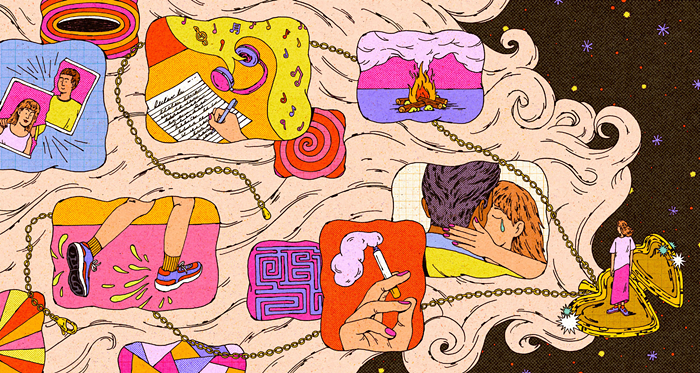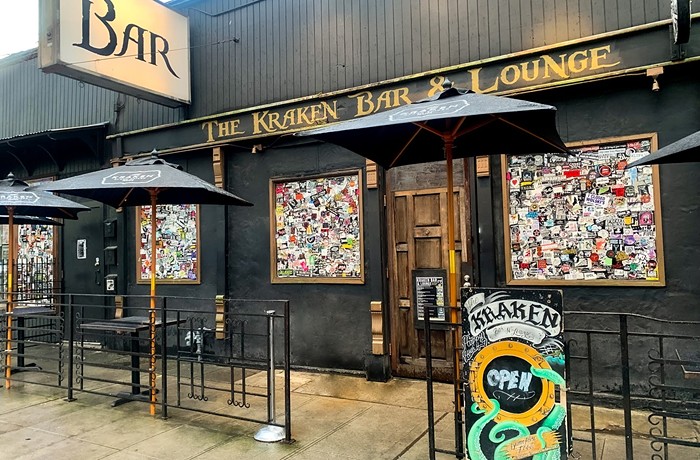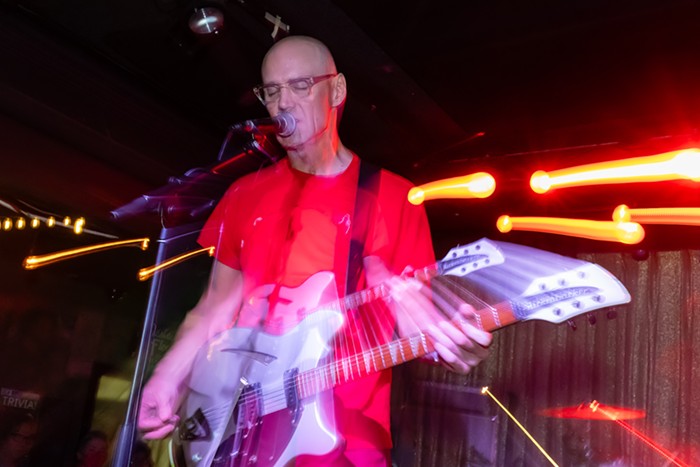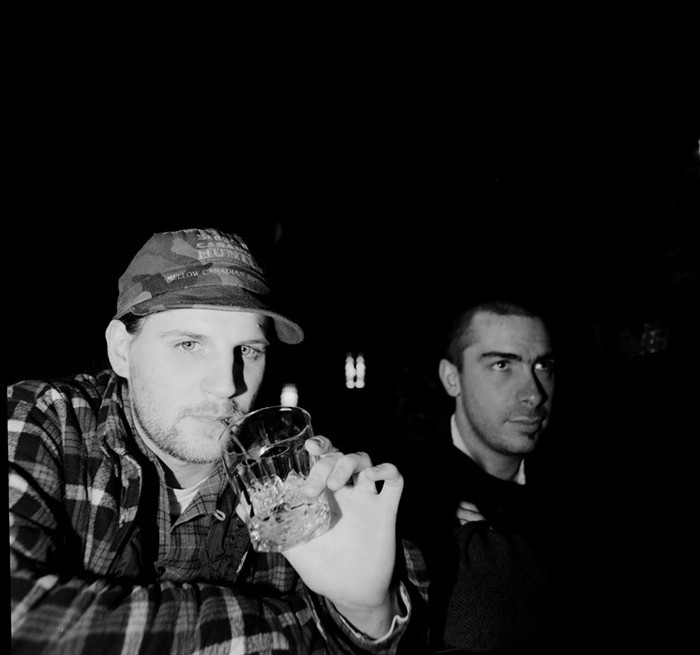The KUBE 93 FM Summer Jam 2006 brings together hiphop artists who rep Atlanta to Vallejo, including T.I., Ludacris, and E-40. Spread out between the A and the Bay—and possibly spread further still within shared city limits if supposed T.I./Ludacris mix-tape beef is to be believed—these three may not appear to some as immediately comparable. But look closely and these artists share more than just a stage, weaving some similarities through playfully pimpin' pawhty jawnts to boastful, drug reference-laced trap muzik.
Undoubtedly, these three can spit much game. Unfortunately, none of them were available to do so for this article. But with the help of top-shelf secondary sources, The Stranger has put together some thoughts on the shared culture of the Yay Area and the A-T-L.
From the early 1900s to the '70s the U.S. saw a "Great Migration" of Southern blacks to major metropolitan areas nationwide. War industries, especially, brought migrant workers to the coasts, and the kinship between the South, the City by the Bay and its surrounding area has remained strong. T.I., Ludacris, and E-40 (ranging in age from mid-20s to late 30s) are several generations removed from this migration, but their industrious natures echo this history. And as a second migration starting in the '80s attracted African-Americans back to the South—especially Atlanta, Memphis, New Orleans, and Houston—they brought along alternate economic models.
"When it comes to hiphop, the South has long taken many cues from the West Coast—and the Bay Area, in particular—in terms of learning how to build self-sufficient, independent businesses without having to rely on New York to succeed," says Tamara Palmer, author of Country Fried Soul: Adventures in Dirty South Hip-Hop. "Southerners have followed the blueprint laid down by rappers in the Bay Area such as Too $hort and E-40 and started their own businesses themselves, only joining up with larger companies when they find the terms suitable. At the same time, there's also been an influence in terms of the sounds they're making, whether it's music to cruise to or bump at the club."
"The Bay Area formula is not saying, 'I wanna be in this,' but saying, 'I'm gonna be in this,'" said Oakland-bred, Atlanta-based Too $hort—legendary lyrical pimp and innovative entrepreneur—in an interview for URB. "We just walked from drug turf to drug turf... playing [homemade tapes] until someone said they'd take [the tapes]."
This is certainly a familiar model for 40 Water—a heavyweight of "hyphy" (the Bay Area equivalent to the Dirty South's drank-drenched, shake-club-fashioned "crunk")—who began coining and minting phrases in the late '80s. Additionally, both Atlanta rappers T.I.—the self-proclaimed "King of the South" who came up slinging rock—and Ludacris—a crime-free, former radio personality—used out-the-trunk distribution to cement their positions and provide leverage for major-label attention in the early 2000s. T.I. follows honorary ATLien 2Pac and Jay-Z's style of hustling more closely, but still goes about it with a Southern drawl as he spits fire.
Indeed, the real currency of hiphop is not dead presidents or even units sold; it's beats and rhymes. And the West Coast and the Third Coast both hold mad sway in the science of slang. Writers such as Palmer and Eric K. Arnold of East Bay Express compile etymologies of phrases often acknowledged as swiped from E-40 ("fo' shizzle," "poppin' collars," many more), who in turn attributes a share of the credit to the South's smeared semantics. And while you can certainly find a hint of Too $hort's swagger and E-40's playful tongue twisting in Ludacris, you can also note a shared high-energy cadence in the regions.
It should be recognized Too $hort maintains that hyphy developed concurrently with crunk, and also noted that crunk's architect, Lil Jon, now also produces hyphy (E-40's "Tell Me When to Go" on the recent My Ghetto Report Card). E-40 has been quoted as saying the relationship between the two cities was crystallized around 1998, which is around when Too $hort appeared on "Couldn't Be a Better Player." Before all that, a certain Southern man named James Brown invented the breakbeat, anyway, and after crunk/hyphy, these scenes will continue to write even as others bite. It's the ability to diversify that has emerged alongside the crossbreeding of scenes.
"They're all artists that inspire copycats, but they are really inimitable," concludes Palmer. "And they all are conscious businessmen, which inspires young people probably even more than their creativity." So what has A learned most from the Bay, and vice versa, over time? Shoulda patented that shit, fo' shizzle!
editor@thestranger.com

















